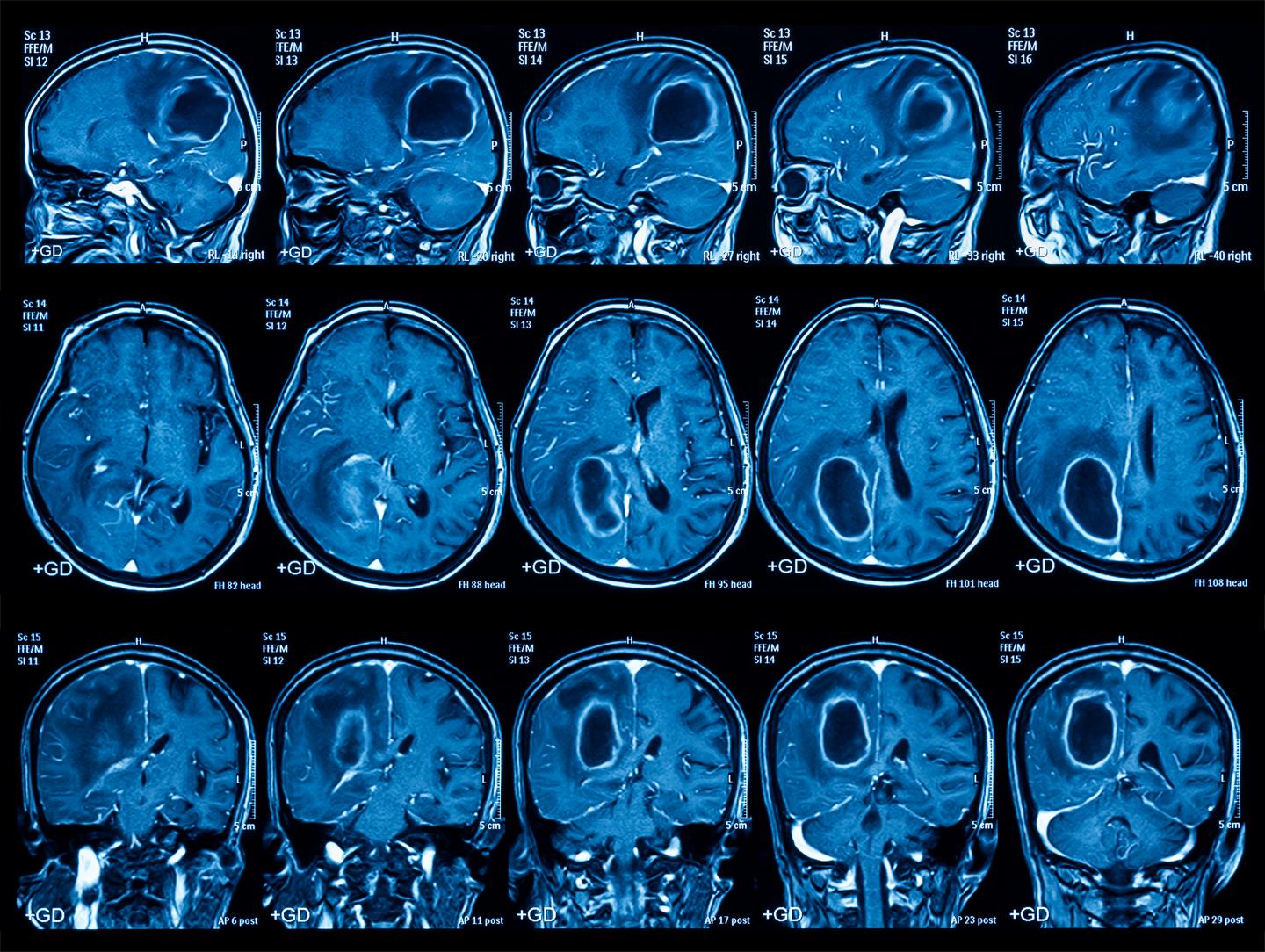Medical Imaging: A Revolutionary Tool For Better Patient Outcomes
Published date: 15/11/2021

Medical imaging is now an important part of the entire health-care process, from prevention and screening through early detection, treatment selection, and follow-up. Patient triage in acute and chronic care, imaging-guided therapies, and treatment planning optimization are now part of standard clinical practice in all subspecialties. In addition, several technologies such as artificial intelligence, augmented reality, 3D Printing, and cinematic rendering & digital twin technology are expected to have greater impact on medical imaging.
Artificial Intelligence-
Over the last few years, artificial intelligence has piqued the interest of medical experts, with many large research facilities and companies such as QuEST Global attempting to improve this technology for medical imaging. AI, along with its branches deep learning and machine learning, has already changed medical imaging dramatically. There are fresh studies and developments taking place. Though all of this is geared toward the future, it is now generating a lot of excitement and has the potential to improve diagnostics. Instead of completing one imaging test and then ordering another, the doctor will be instructed by AI on the optimum imaging test to undertake on the patient (based on symptoms). When the technician has AI advising them on how to best position for the machine and prepare the correct settings for the scan, the actual process of receiving a magnetic resonance imaging (MRI) or computed tomography (CT) scan will be lot faster than it is currently.
Augmented Reality-
In healthcare, augmented reality (AR) and virtual reality (VR) are finding a wide range of novel uses. Surgeons prepare for surgery by analysing the patient's radiological scans. Their capacity to visualise the patient anatomy has enhanced thanks to three-dimensional imaging. Medical images can be transformed and installed on AR headsets for surgeons to wear while performing surgery. Novarad's OpenSight AR system, which has been approved by the US Food and Drug Administration (FDA), is an example of an AR-based pre-surgical planning solution.
3D Printing-
AR technology have been employed in some unique approaches to help patients understand their own anatomy and what will happen after surgery. Researchers from New York presented findings from a study on the use of augmented reality and 3-D printed models for patient education at the RSNA. Furthermore, 3-D printed models were proven to be considerably more helpful in helping patients grasp the exact characteristics of the kidney or prostate tumour, allowing them to feel more confident and secure in making the best surgical decisions. 3-D printing is also useful for surgeons to better prepare for surgery for similar reasons.
Cinematic Rendering and Digital Twin Technology-
3-D photographs can be merged with extra information to feed into cinematic rendering technologies to better comprehend the complicated working of organs like the heart. This allows surgeons to see how organs work in real time, which can help them plan treatments, explain medical procedures to patients, and diagnose problems more accurately. This is one method that technology can aid in the faster diagnosis of patients. Similarly, digital twins are becoming a hot topic in the business, with companies like Siemens, GE Healthcare, and Philips experimenting with the technology for a variety of applications. Siemens Healthineers, for example, talked about how their AI-powered organ digital twin technology may assist clinicians choose the best potential therapy by simulating the organ's physiology.
